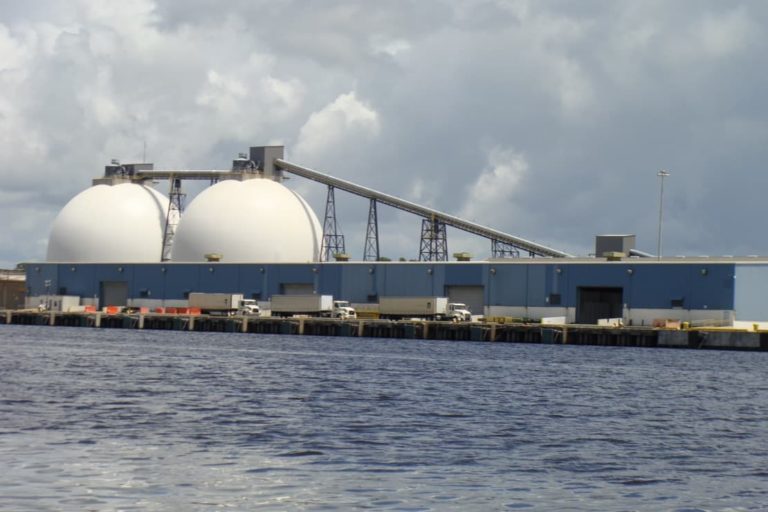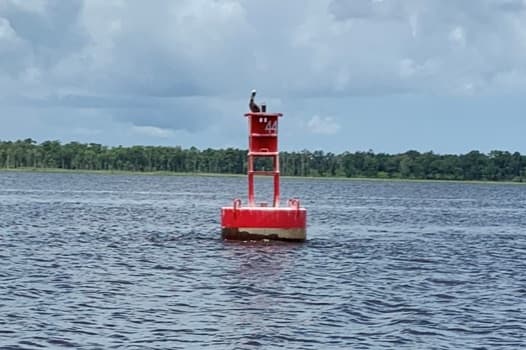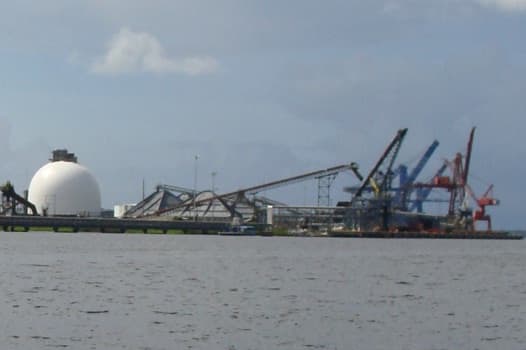A collaboration of academia, government, industry and the public, the LCFRP is headquartered in and administered by the Aquatic Ecology Laboratory at the University of North Caorlina Wilmington’s Center for Marine Science. Program objectives are to develop an understanding of the fundamental scientific processes shaping and controlling the aquatic ecology of the Cape Fear River system and provide a mechanism for information exchange and public education. Numerous physical, chemical, and biological measurements are collected at thirty-four different sites on a regular basis so biologists, chemists, physicists, and geologists will be able to understand freshwater, estuarine, and nearshore marine processes in the Cape Fear River basin. This research will complement and refine the current basinwide management plans being developed by the North Carolina Department of Environment and Natural Resources.
Currently a program in the Middle and Upper Cape Fear River Basins are performing similar monitoring activities. With the commencement of monitoring in all three basins regulators will have comprehensive scientific based information with which to form educated decisions regarding management activities in the Cape Fear River basin.




